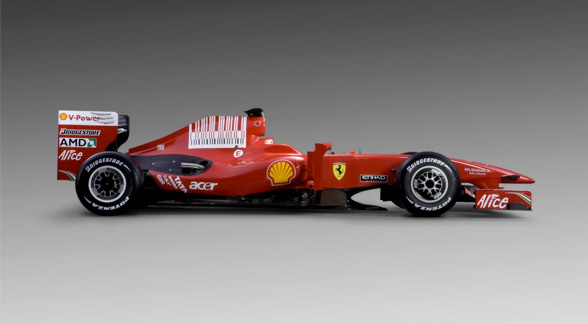Do We Really Want Accurate Sound?
A colleague at the university where I teach and his audio engineer came by the studio on Sunday afternoon to chat about the possibilities of releasing his new classical guitar project on my little label. We sat in the studio and I shared some of my own recordings to demonstrate the fidelity of my tracks AND my personal philosophy on the recording and reproduction of music. I played tracks from Laurence Juber’s Guitar Noir DVD-Audio/Video project from way back in 2002, some vocal selections and a song performed by Steve March Tormé with a ten-piece big band. Eric, the owner and engineer of a studio in Venice, California, kept asking me if I did anything to the sound during the production process. He was astounded that Steve was able to sing in the middle of the band without headphones. He insisted that I had to use dynamics processing and/or reverberation to achieve such a pure and transparent sound. I assured him that everything he was seeing (my Blu-ray discs have HD-Video as well as HD-Audio) and hearing was captured at the time of the original session. I don’t mess with the sound at all. My own philosophy is that the sound of the voices or instruments should be reflected as accurately as possible. Being accurate to the original sound is something that I want with my projects. But it’s seems not many engineers, producers and even consumers want the same thing.
Think about the various formats that we have to choose from and all of the differing methods that can be used to produce a recording. The current revival of analog tape during the tracking of a rock record is a case in point. T. Bone Burnett and Cookie Morenco love the quality of sound that is produced when they record to a reel to reel machine. Is the distortion, crosstalk, modulation noise, tape hiss and smooth saturation effects that are inherent in this format capturing and reproducing an “accurate” representation of the microphones? No…but for these producers and many others, that’s not important. Their personal preference tends towards a sound that is not an accurate match of the incoming signals but one that is pleasant to them. Nothing wrong with that.
Then there’s the sonic modifications that are part of the delivery formats. Vinyl LPs used to be transferred from 2.0-channel analog tape. Nowadays, many LPs are cut from PCM or DSD digital masters. The disc cutting process involves lots of timbral modifications (in order to successfully cut a playable groove) and special considerations regarding low and high frequency materials. The RIAA curve in your phono preamplifier is another equalization step that attempts to “unwarp” the sound cut into the original lacquer and return all of the music content to the sound of the master. And remember that master was EQ’d and compressed during the mastering stage to conform to the desires of the mastering engineer and record label executives. The album that results may have nothing to do with the naturally produced sounds of the singers and instruments. What matters is the overall effect of the tracks when played back.
So the old add slogan, “is it live or is it Memorex” never actually applied to 99% of the music that we hear. We may want highly produced albums like Peter Gabriel’s “So” CD and projects that are just a dulcimer, guitar or piano with a voice like Joni Mitchell’s “Blue”. If everyone’s ideal sound and musical tastes were the same, we would have a very limited musical landscape. The engineer that visited my studio or the people that experience our trade show demos hear a sound that is extremely accurate to the sound of the instruments as they are captured by the mikes. But I still have a unique process that differs from many other engineers and producers.
So maybe being accurate is not about switching between the mic feed and the output of the recorder. Perhaps it’s about being accurate to the intentions of the artists and maximizing the intellectual and emotional content that they deliver.

